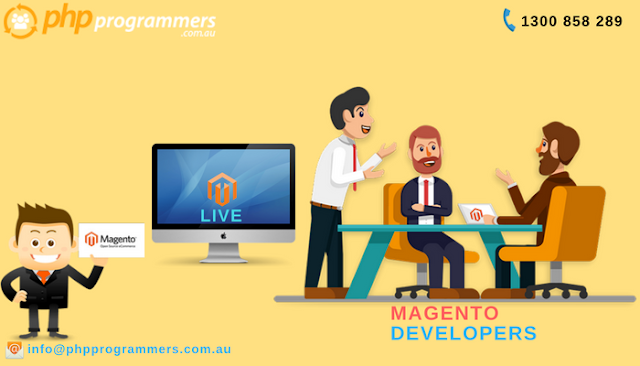Paving the Path of Migrating to Magento for Enhanced User Experience
This article puts an emphasis on the areas of focus relating to the task of migrating your eCommerce store from the legacy system to Magento.
With around 200000+ eCommerce stores using this platform, Magento is appraised as the most powerful and popular eCommerce solution of the industry. Because of this fact, online merchants are greatly focussing on the configuration of Magento nowadays. Detailing on the issue, the most common question that strikes the minds of online merchants is: how their shops can be migrated to Magento from the legacy system?
Alike any other website migration, there is a series of major factors which, must be evaluated before you consider the migration to be viable. This includes:
- Functionality
- Legacy data
- Performance
Magento is an ‘out-of-the-box’ holistic eCommerce platform, which means all the products, order and customer functionality is being included by default. It also includes other type of functionality specifications as well, which are proven to be helpful for an eCommerce store. Magento presently provides EE (Enterprise Edition) for an annual license fee and CE (Community Edition) for free.
If any type of non-default functionality is required with Magento, the online merchants can avail 2 options; develop one custom module for achieving the desired functionality or simply install an extension.
Performance has been a major concern when migrating their online store from the legacy system to Magento. Addressing this concern, PHP7 provides an enhanced improvement to Magento’s performance by putting nominal efforts.
Considering the duration for how long the earlier eCommerce platform has been active, a pile of important information has been already stored in the legacy database. Though, it is a worth-enough idea to migrate the legacy customer, product and order data, shop owners must be clear about which specific data is to be migrated. The inactive orders and customers which, are of several years old might be ignored, but letting the customers to review such legacy orders will certainly help in improving the user experience of customers and lower the amount of customer service inquiries after migration.
After you have taken a firm decision on migrating the eCommerce store to Magento, it is important to keep eye on certain things, which are:
- Upgrades: Magento publishes new releases of CE and EE on regular basis, which comprise of new features, bug fixes, security upgrades and many more. Keeping Magento up-to-date with the latest version is one of the best practices, which ensures that the store is secured as possible.
- Security: Whenever a new security’s accountability is being exploited, Magento hosts a security patch and newer version of Magento that includes even the patch files. It is essential to comprehend how the vulnerabilities are actually affecting the shop and how patch must be applied such that, client data is not being compromised at any cost.
- New technologies: Though, it’s not essentially a Magento-specific concept, but, it’s always good to stay updated with the latest technologies. Moreover, along with the programming languages of which Magento is built, the security measures and SSL certificates are being improved and released on regular basis. This platform often collaborates with the service providers who aim to improve the code base’s quality like Blackfire.io and New Relic.
Though the task of migrating your online store to a new eCommerce platform might prove to be daunting, but formulating a concrete plan will certainly make the process efficient. Thus, experienced Magento developers of PHP Programmers always aim at improving the entire process of migration for offering an enterprise-class experience to users.
Jonathan Paul is one of the most proficient Magento developers of PHPProgrammers, who is keen and passionate in sharing the latest advancements being made to redefine the potential of Magento.
Post Your Ad Here







Comments